परिचय
The Kargil War was a limited, high-altitude conflict between India and Pakistan fought from May to July 1999 along the Line of Control (LoC) in the Kargil–Drass–Batalik sector of Jammu & Kashmir. It began when Pakistani soldiers and irregulars infiltrated across the LoC to occupy winter-vacated Indian positions on dominating ridgelines; India launched Operation Vijay to evict them with coordinated infantry assaults, artillery barrages, and air support (Operation Safed Sagar). After intense fighting and international pressure, Pakistan withdrew its forces by late July, restoring the status quo ante.
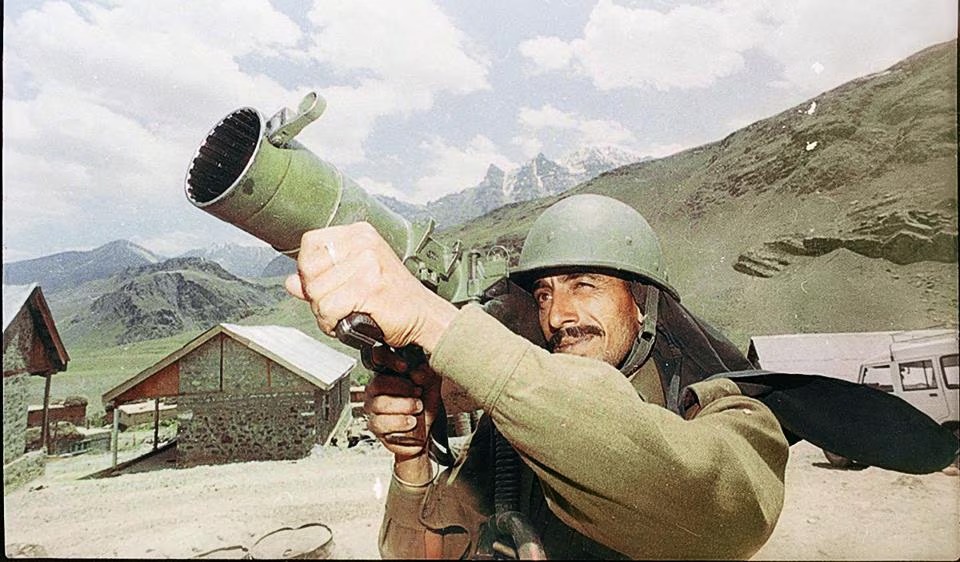
Background and Causes
- Winter infiltration: During the winter of 1998–99, Pakistani Northern Light Infantry (NLI) troops and militants infiltrated across the LoC to occupy heights overlooking National Highway-1A (now NH-1) connecting Srinagar and Leh.
- Aims attributed to Pakistan: To interdict India’s lifeline to Ladakh, alter the LoC tactically, internationalize Kashmir after the 1998 nuclear tests, and offset perceived Indian advantages from the 1984 Siachen occupation. The plan relied on surprise, altitude, and denial to delay Indian detection until consolidation.
Discovery and Initial Response (May 1999)
- Patrol encounters and evidence: Indian patrols (notably the missing patrol led by Lt Saurabh Kalia in early May) and subsequent reconnaissance uncovered multiple, well-supplied intrusions on key features (Tololing, Tiger Hill, Pt 5140, Pt 4875, Mushkoh, Drass, Kaksar, and Batalik sub-sectors).
- Mobilization: India mobilized mountain infantry brigades, medium artillery (Bofors FH-77B 155mm), and special forces; the Indian Air Force joined on 26 May under Operation Safed Sagar for interdiction and close air support at extreme altitude.
The Battles (June–July 1999)
- Drass–Tololing complex: Recapture of Tololing (13 June) opened the way to clear the Drass bowl; Pt 5140 fell soon after, turning the tide in India’s favor.
- Tiger Hill (Pt 5353/point on the Tiger Hill massif commonly cited as 5,307 m in media): A signature victory achieved by multi-pronged night assaults and cliff-scaling by infantry and special forces; Tiger Hill was retaken on 4 July.
- Batalik and Mushkoh: Intense company- to battalion-level actions cleared multiple posts in treacherous terrain under heavy enemy fire; Point 4875 (Batra Top) was captured with conspicuous gallantry on 7 July.
- Artillery dominance: Concentrated, accurate 155mm fire (including “shoot-and-scoot” Bofors) proved decisive in softening hardened sangars and supply nodes; improved fire observation from UAVs and high-altitude OPs enhanced effectiveness.
- Air operations: The IAF employed Mirage-2000, MiG-27, and other platforms with precision-guided and dumb munitions against ammunition dumps, logistic tracks, and defended heights; operational constraints included man-portable air-defense systems (MANPADS) and rarefied air.
Escalation Control and International Dimension
- Limited-war framework: India restricted military operations to its side of the LoC (no crossing into Pakistan’s depth), preserving escalation control and diplomatic legitimacy.
- Diplomatic pressure: Intensive engagement by major powers, notably the United States, pressed Pakistan to respect the LoC; on 4 July, Pakistan’s Prime Minister met the U.S. President in Washington, leading to commitments to withdraw intruders.
- Withdrawal: Pakistani positions began thinning from early July; by 26 July 1999, India declared Operation Vijay successful (Kargil Vijay Diwas), with most intrusions vacated or cleared and the LoC restored.
Casualties and Costs
- India suffered several hundred battle deaths—prominently among infantry, artillery observers, and junior leadership—reflecting the difficulty of frontal assaults at 4,500–5,500 m under prepared fire.
- Pakistan’s NLI and auxiliary elements took heavy losses; many fallen were initially unclaimed, underscoring the deniability aspect of the plan and the cost paid by units in exposed sangars.
Heroes and Gallantry
- Param Vir Chakra awardees included Capt Vikram Batra (Point 4875), Lt Manoj Kumar Pandey (Jubar Top area), Rifleman Sanjay Kumar (Area of Point 4875), and Grenadier Yogendra Singh Yadav (Tiger Hill approach), emblematic of extraordinary junior-officer and soldier leadership in cliff-assaults at night under direct fire.
- Numerous Maha Vir Chakras and Vir Chakras recognized battalion- and company-level audacity and resilience in oxygen-poor, avalanche-prone terrain.
Why India Prevailed
- Logistics and firepower: Superior artillery massing and accurate fire control shattered forward positions and interdicted re-supply on narrow goat tracks and ledges.
- Tactical adaptation: Night climbs, multi-axis assaults, and specialized mountaineering tactics offset the defender’s height advantage.
- Air–land synergy: Precision strikes and interdiction by the IAF, coupled with relentless artillery, degraded enemy logistics and morale.
- Political–diplomatic coherence: A clear decision to maintain the war below the LoC, combined with effective international messaging, isolated Pakistan diplomatically while enabling methodical military rollback.
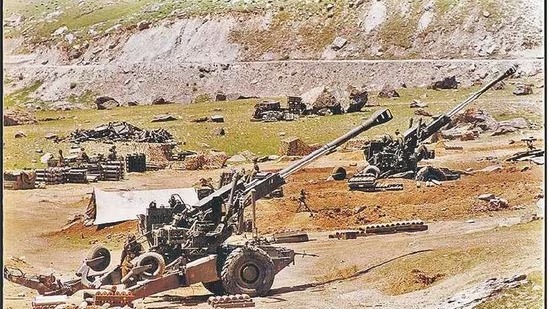
Aftermath and Lessons
- Intelligence and surveillance: The conflict exposed winter surveillance gaps; India accelerated acquisition of UAVs, satellites, weapon-locating radars (WLRs), and improved patrol and ambush tactics.
- High-altitude warfare capacity: Expanded acclimatization pipelines, specialized clothing and gear, and winter stocking of forward posts became standard; artillery modernization gained urgency.
- Command and jointness: Reviews (including the Kargil Review Committee) drove higher priority for joint doctrines, air–land integration, and border management reforms.
- Strategic signaling: The war demonstrated that limited conventional operations under a nuclear overhang are possible with escalation control, clear political objectives, and international engagement.
Timeline (Key Dates)
- Early May 1999: Infiltrations detected; initial firefights and patrol losses.
- 26 May 1999: IAF joins operations (Operation Safed Sagar).
- 13 June 1999: Tololing recaptured; momentum shifts to India.
- 4 July 1999: Tiger Hill retaken in a landmark victory.
- 26 July 1999: India declares Operation Vijay complete; Kargil Vijay Diwas.
Key Figures and Formations
- Indian leadership: Prime Minister Atal Bihari Vajpayee; Army Chief Gen V.P. Malik; Northern Army and 15 Corps commanders and brigade-level leaders orchestrating sequential clearances.
- Units: Multiple mountain infantry battalions (e.g., 2 Raj Rif, 1/11 Gorkha Rifles, 18 Grenadiers, 8 Sikh, 13 JAK Rif, 17 Jat, 12 JAK LI, among others), artillery regiments massed for fire dominance, and IAF squadrons with Mirage-2000, MiG-27, and MiG-21 variants.
Interesting Notes
- Extreme altitude and gradients (often 60–80 degrees) forced night cliff-climbs with fixed ropes and ice-axes; casualty evacuation required daring stretcher lowers and helicopter sorties constrained by density altitude.
- The Bofors gun’s sustained high-angle fire at altitude became a central legend of the campaign, credited by many commanders as battle-winning artillery.
- Media and public morale: War coverage, letters from soldiers, and real-time briefings galvanized national support; 26 July is commemorated annually as Kargil Vijay Diwas.

निष्कर्ष
Fought on some of the world’s toughest battlefields, the Kargil War was a classic high-altitude, limited conflict in which India, under a constrained escalation posture, combined infantry grit, artillery supremacy, and calibrated air power to evict infiltrators and restore the LoC by late July 1999. The campaign reshaped India’s high-altitude warfighting, surveillance, and joint operations—and stands as a case study in limited war under a nuclear shadow.



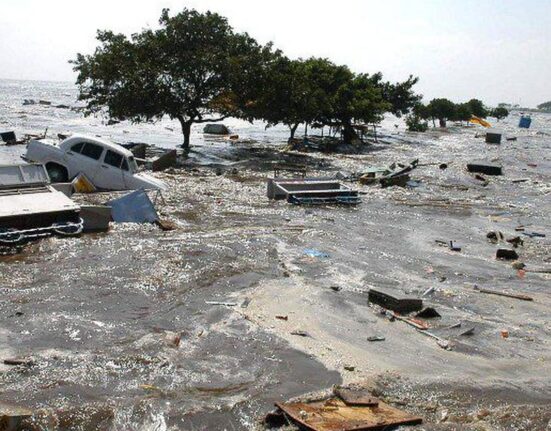

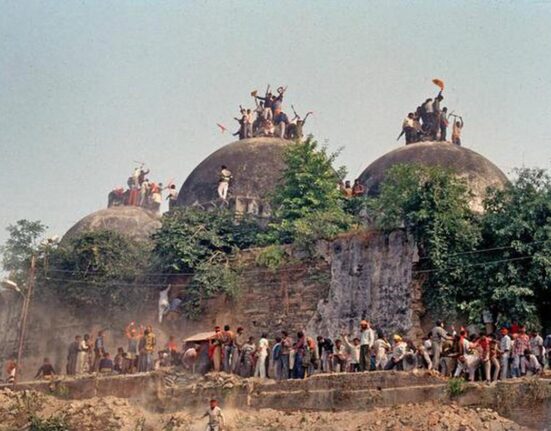
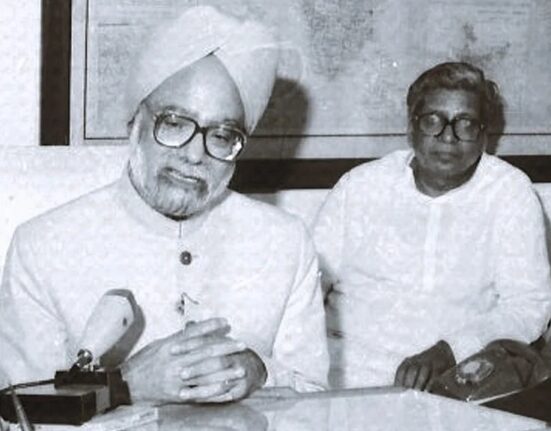
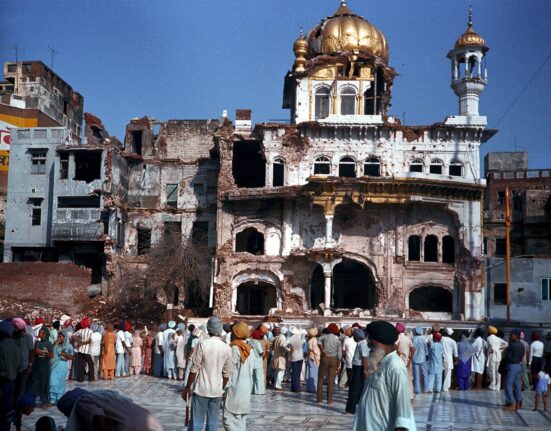
इस बारे में प्रतिक्रिया दें